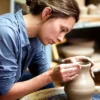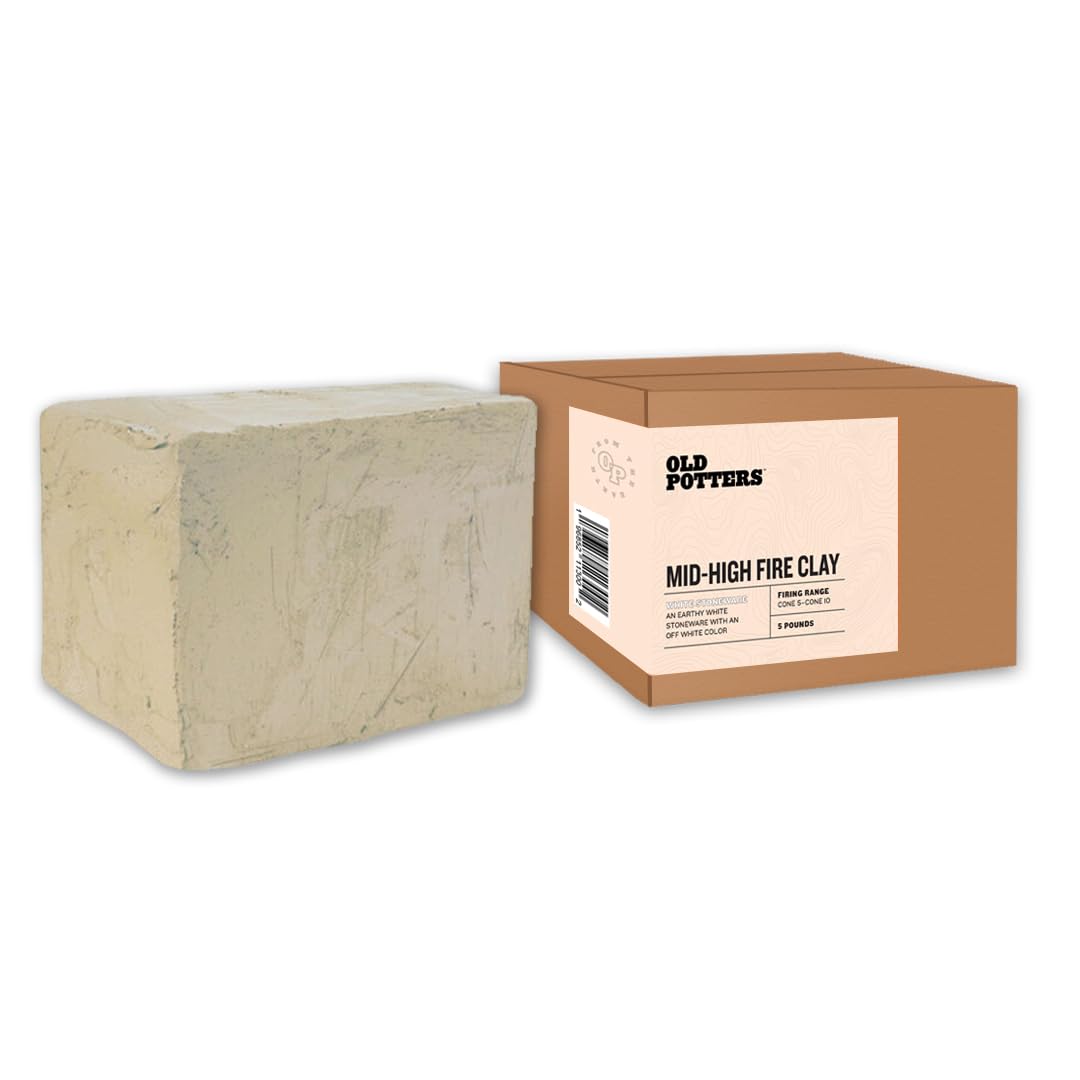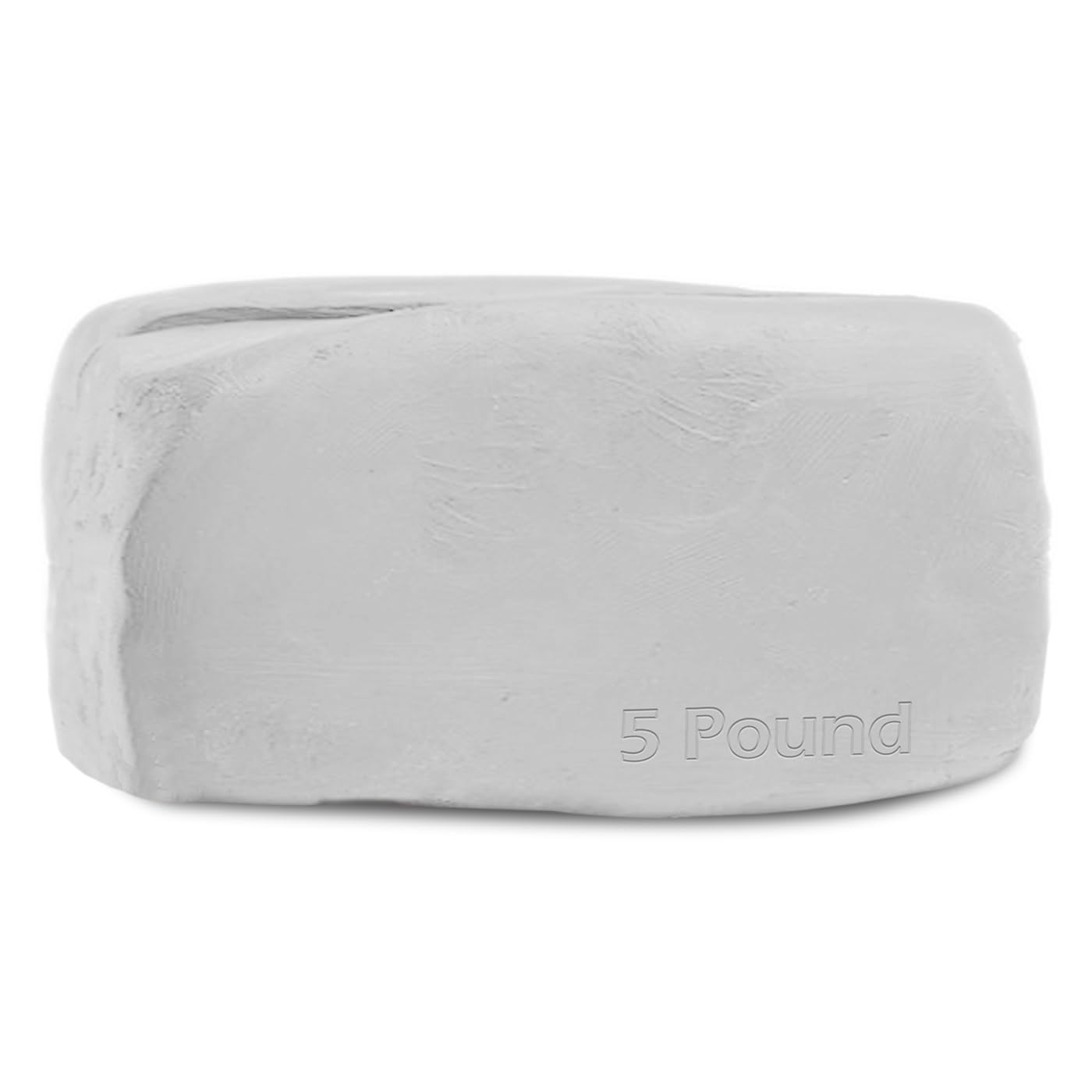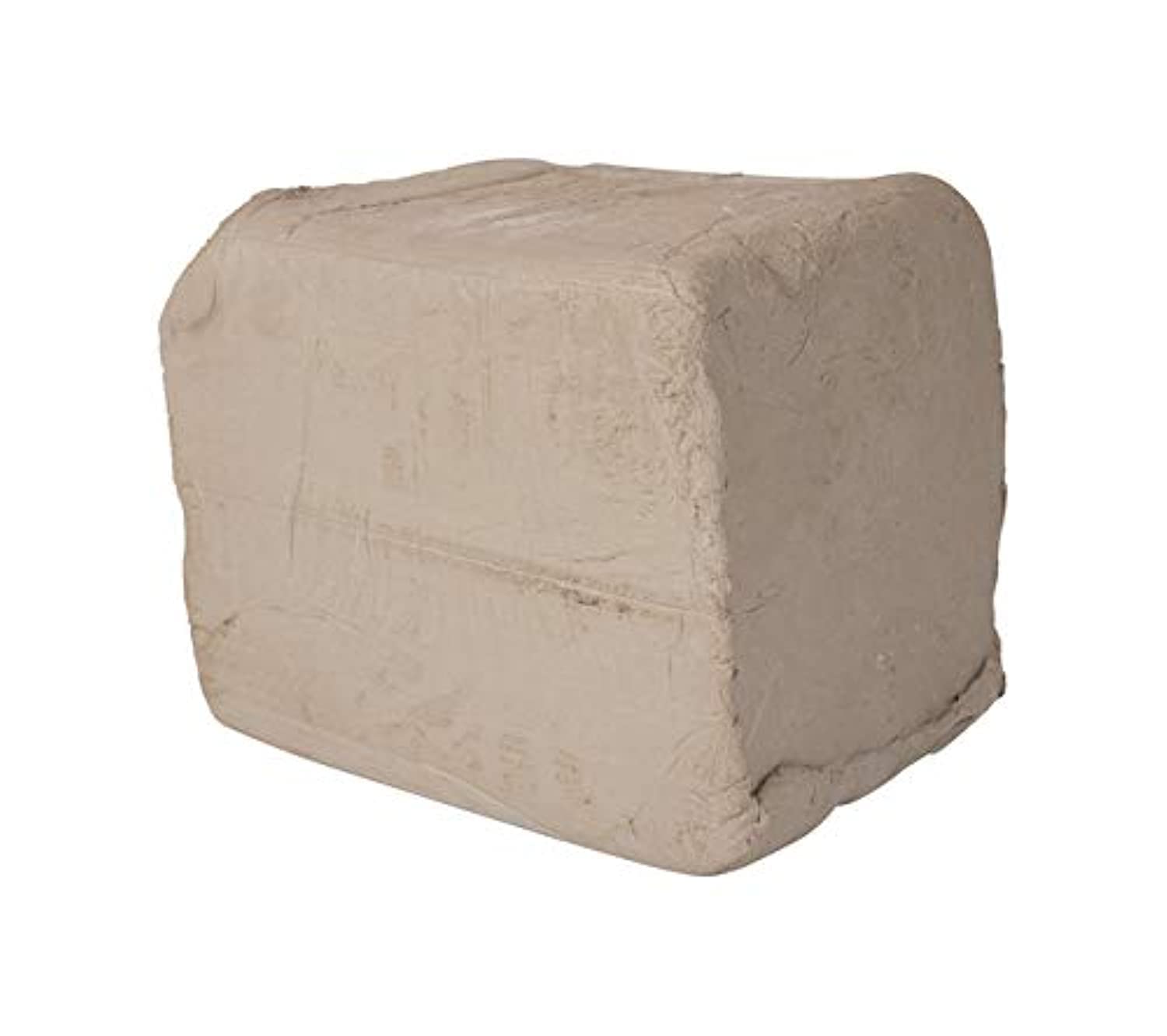Pottery is both an art and a science, requiring the right materials to create beautiful, durable pieces.
Stoneware is a popular choice for pottery enthusiasts due to its versatility and strength.
Mid-range stoneware balances quality and affordability, making it an excellent option for those who want to create high-quality pottery without breaking the bank.
This type of stoneware is fired at high temperatures, resulting in a robust material that is less porous and ideally suited for a range of pottery items.
When selecting stoneware, several factors should be considered to ensure you make the best choice for your pottery needs.
One important aspect is the firing temperature range.
The stoneware should be able to withstand the necessary temperatures for the type of pottery you intend to create.
Another crucial factor is clay consistency, as this affects both the ease of use and the final appearance of the pottery.
Additionally, looking into factors like color options and compatibility with glazes is advisable.
Taking into account these key elements will help you navigate the market to find mid-range stoneware that meets your standards.
We focused our efforts on comparing different options and evaluating their performance in creating pottery products, and our findings provided a clear picture of the best options available.
Best Mid-Range Stoneware for Pottery
We’ve curated a selection of the best mid-range stoneware options tailored for pottery enthusiasts.
Our choices highlight materials that balance quality and affordability.
Let’s explore our top picks designed to deliver excellent results for your crafting needs.
Creamy White Clay with Grog
This clay is an excellent choice for potters of all skill levels looking for a reliable mid-range option with versatile applications.
- Easy to shape even for those new to pottery.
- Fires to a lovely creamy off-white color.
- Versatile for both handbuilding and throwing.
- Dries fairly quickly, which may not suit leisurely projects.
- The grog content might feel too coarse for intricate wheel throwing.
- Requires a humid box to maintain moisture if projects are left unfinished.
Working with the Creamy White Clay with Grog felt intuitive and rewarding.
This clay’s easy handling makes it particularly well-suited for those still finding their footing in the world of pottery.
The color transformation after firing enhances the appeal of finished pieces.
We found the clay’s stability impressive, providing confidence during both handbuilding and sculpture tasks.
The fast drying time necessitates a speedy pace or a good storage solution to prevent cracking.
For intricate projects on the wheel, the rough texture from the grog could require a bit of adjustment.
Despite these factors, the charming final appearance and the smooth working process make it a staple in our studio.
Ultimately, the blend of accessibility and quality color effects positions this clay as a worthy investment for both personal projects and larger artistic endeavors.
As a trusted option from Seattle Pottery Supply, it’s an asset to have in our toolkit.
Mid High Fire White Stoneware Clay by Old Potters
This stoneware clay offers a balanced experience for those looking for quality and versatility in their pottery projects.
- Smooth texture and excellent consistency.
- Holds form well during wheel throwing.
- Suitable for all skill levels, from beginner to expert.
- Requires a bit more wedging than some other clays.
- Slightly challenging for intricate detailing.
- Could dry out if not stored properly.
When we first used Old Potters’ Mid High Fire White Stoneware Clay, we noticed its smooth and consistent texture.
It’s a fantastic choice for both wheel throwing and hand building, making it versatile for various pottery projects.
Despite the initial requirement for some extra wedging, its ability to hold form well impressed us, especially for straightforward creations.
Working with this clay, we found that it’s quite accommodating for beginning potters while still offering enough flexibility for more experienced craftsmen.
The clay’s stability allows for confidence in forming both large and small pieces, which can be quite rewarding.
In our experience, it’s crucial to keep it properly stored to prevent drying, which can be easily managed by wrapping it in plastic.
Overall, the Old Potters’ stoneware clay stands out in the mid-range category, providing both reliability and ease of use for pottery enthusiasts of all ages.
Its admirable balance of ease and structure can make it a go-to material for many of our projects.
ReArt Pottery Clay
A great choice for both beginners and seasoned potters, ReArt Pottery Clay offers versatility and ease of use.
- Ideal for all skill levels
- Strong plasticity and easy molding
- Environmentally friendly and safe
- Not permanent when air-dried
- Slight weight discrepancy upon delivery
- Limited to high fire work
Working with ReArt Pottery Clay was a delight.
Its smooth texture was immediately apparent, and we found that it molded beautifully, making it perfect for both wheel throwing and hand-building.
Whether crafting small pieces or more significant works, this clay was dependable and adaptable.
One of the standout features is its natural composition.
The absence of chemicals made it not only a pleasure to use but also safe for regular handling.
The clay fires at cone 05-10, delivering sturdy and professional-looking pieces that can be enhanced with glazing.
However, air-drying isn’t recommended for any permanent works, as the pieces remain fragile and susceptible to damage if wet.
Despite a slight weight discrepancy upon delivery, the clay’s performance in our pottery projects was exactly as advertised.
The ReArt Pottery Clay strikes an excellent balance for potters looking to explore their craft without compromising quality or safety.
AMACO Hi-Fire Buff No. 46 Stoneware Clay
This versatile and resilient stoneware clay is perfect for artists looking to create lasting pottery with ease and precision.
- Excellent workability and easy to shape.
- Retains moisture well over time.
- Offers a smooth texture ideal for a variety of techniques.
- In rare cases, minor issues with air pockets.
- Slightly moist on arrival which can require some adjustment.
- Some variations in color after firing.
We’ve thoroughly enjoyed working with the AMACO Hi-Fire Buff No. 46 Stoneware Clay.
Its responsiveness when forming both on the wheel and by hand is exceptional, allowing us to create intricate designs effortlessly.
This makes it a go-to choice for pottery enthusiasts who appreciate ease of use.
Another standout feature is the clay’s excellent moisture retention.
Even after several months, we found it ready to be molded at a moment’s notice, as long as it’s properly wrapped.
This ensures that it stays in top condition for extended projects, which is a boon for long-term project planning.
Despite its strengths, we did encounter some minor issues with air pockets, which we managed with careful wedging.
Additionally, the clay arrives quite moist, so letting it dry slightly before use can be beneficial for specific throwing techniques.
Deouss Stoneware Clay
Consider this clay if you’re an intermediate to advanced potter looking for versatile stoneware suitable for diverse techniques.
- Excellent for wheel throwing and hand building
- Fires beautifully at cone 6-10
- Easy to mold due to its smooth texture
- Can be too dry; requires preparation
- Limited to small-medium pieces
- Not ideal for beginners
We recently worked with the Deouss Stoneware Clay, and it certainly has some attractive features for seasoned potters.
Its ability to fire consistently at a wide range of temperatures means it provides flexibility in crafting different styles.
The clay’s smooth texture makes it pleasant to work with, especially when throwing on the wheel.
However, the dryness of the clay was noticeable and needed a fair bit of preparation before it became truly usable.
It’s important to keep in mind that, as a potter, some conditioning might be necessary.
For those of us planning to create small to medium-sized pieces, this clay is ideal, thanks to its strength and plasticity.
Although it’s not aimed at beginners, potters with some experience will appreciate the reliability and quality it offers for creative ventures.
Buying Guide
When selecting mid-range stoneware for pottery, there are a few key factors we need to keep in mind.
It’s essential to strike a balance between quality and affordability, ensuring we get the best value for our investment.
Considerations
-
Durability: Stoneware should withstand frequent use. We look for pieces that are resistant to chipping and cracking. Thicker stoneware is usually more durable.
-
Texture: Texture affects how glazes adhere and how easy it is to work with. A smooth surface makes shaping easier, while some prefer a slightly coarse texture for better grip.
-
Firing Temperature: Consider the kiln capabilities. Mid-range stoneware typically fires between 1,800°F and 2,400°F (Cone 5-10).
Features to Look For
-
Uniformity: Consistent thickness and smoothness are critical for balanced firing results.
-
Absorption Rate: Low absorption rates lead to more vitrified pieces, making them water-resistant. We aim for stoneware with an absorption rate below 5%.
-
Color: Natural stoneware ranges from light buff to dark brown. The choice depends on our glaze preferences and desired aesthetics.
Comparison Table
| Feature | Description |
|---|---|
| Durability | Resistance to wear and tear |
| Texture | Affects workability, glaze application |
| Firing Range | Temperature range for optimal results |
| Absorption | Water resistance capacity |
| Color Options | Variety for aesthetic preferences |
By focusing on these attributes, we can confidently choose the right stoneware for our pottery projects.
Frequently Asked Questions
In this section, we explore the ideal characteristics of mid-range stoneware clay, considerations for firing temperatures, reliable brands, distinctions between clay types, suitable options for beginners, and selecting the right kiln.
What characteristics should I look for in mid-range stoneware clay?
We should look for clays that are plastic, durable, and have a smooth texture.
A good mid-range stoneware clay should be easy to shape and maintain stability during firing.
Some contain grog or sand to enhance strength and reduce cracking.
How does firing temperature affect the quality of mid-range stoneware ceramics?
Firing temperature determines the clay’s durability and finish.
Stoneware fired at the correct temperature results in a dense, non-porous product.
Over or under-firing can cause defects such as warping or brittleness.
Can you recommend some reliable brands of mid-range stoneware for pottery?
Mid-range stoneware is offered by several reputable brands.
Amaco, Laguna Clay, and Highwater Clays have products known for their consistency and quality.
Each offers a range of clays suitable for various pottery projects.
What are the key differences between earthenware, stoneware, and porcelain clays?
Earthenware is porous and low-fired, stoneware is more durable and mid to high-fired, while porcelain is fine and high-fired.
Stoneware is less prone to chipping compared to earthenware and generally less challenging to work with than porcelain.
For beginners in pottery, what type of clay is easiest to work with and why?
For those starting out, mid-range stoneware offers a balanced combination of workability and durability.
It’s generally more forgiving than porcelain, making it ideal for practicing various pottery techniques without the frustration of excessive breakage.
What factors should be considered when selecting a kiln for firing mid-range stoneware?
Consider the size, temperature range, and energy efficiency of the kiln.
The kiln must reach temperatures suitable for mid-range stoneware, around 2150-2260°F (1170-1240°C), and fit the volume of your work.
You should also evaluate safety features and ease of use.







